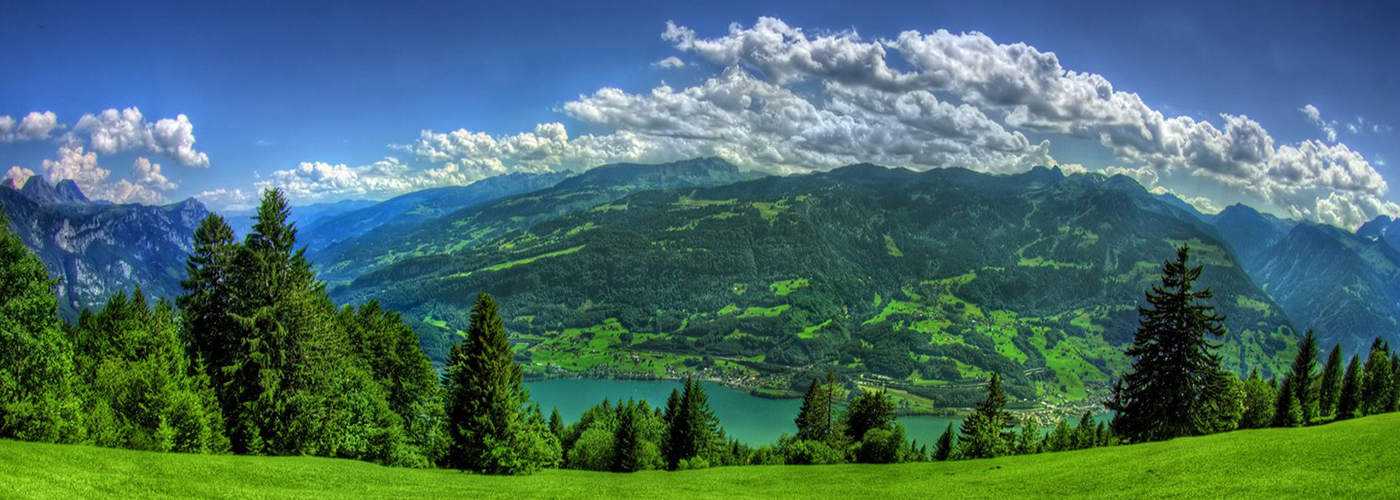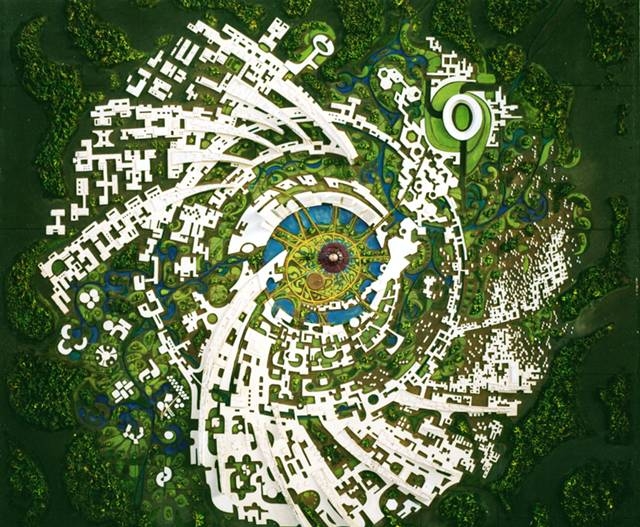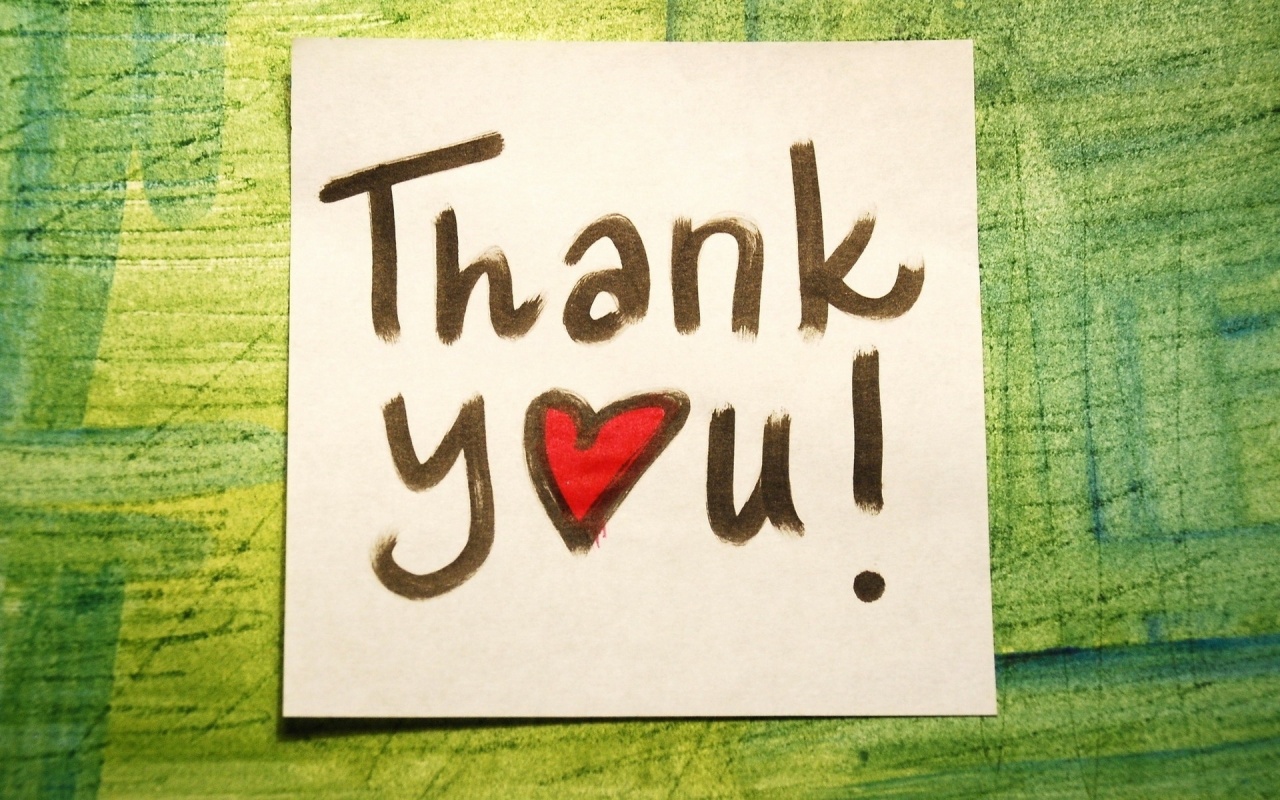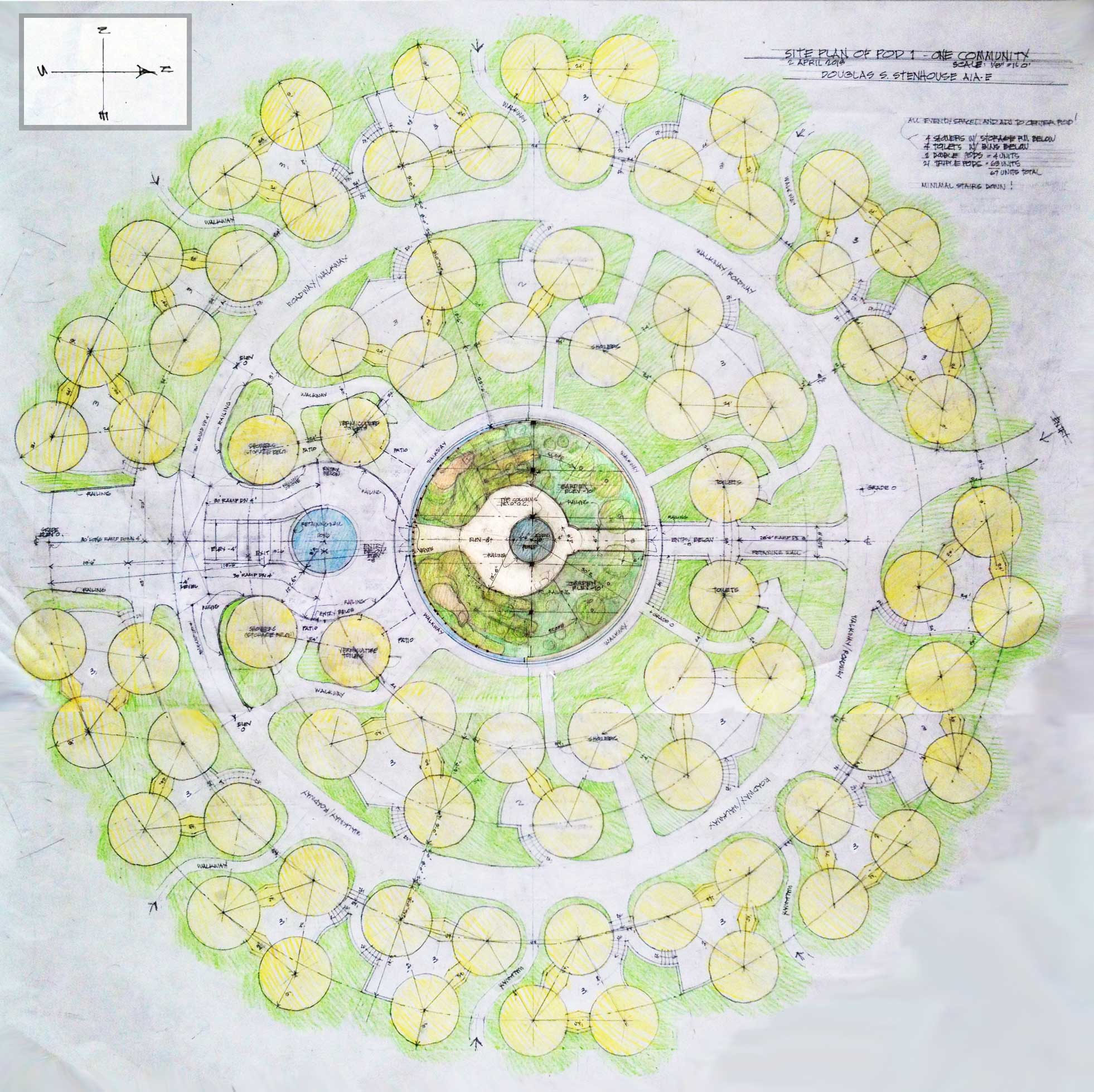ReGenerative Community Blueprint
Scalability and Replication
Global Ecovillage Network / Earth 2.0 Initiative

Objective
To create healthy & regenerative social systems and societal models that provide solutions to the current social and environmental challenges we are facing on the planet today.
Research Theory ~ ReGenerative Community Blueprint
The preliminary theory for the Earth 2.0 Research Project is as follows — It is in the best interest of the human species and planet as a whole to discover and create the most efficient “Base Unit Scale of Design for Regenerative Community Development”. This means it is necessary for us to discover, design and develop a regenerative community blueprint for human civilization that can be scaled, replicated and integrated worldwide via innovative urban and rural planning models. By design the blueprint will include closed-loop systems that provide the majority of the communities basic needs (water, food, shelter, energy, waste) in an ecologically mindful way, without significant dependence on outside resources.
Science has shown us that from the smallest naturally occurring subatomic structures to the most vast spiraling arms of galaxies there are patterns of the golden mean (divine ratio) and sacred geometry that recur and replicate as fractals throughout the universe. The microcosm is inherently embedded within the design of the macrocosm and vice versa. A parallel for reflection is how a single drop merges with and becomes the ocean, just as the ocean is composed of countless drops. The fact that these patterns and ratios exist, leads us to believe that we can design and create a regenerative community fractal that can be scaled and replicated throughout the world/universe.
Assumptions, Dunbar’s Number & Scales of Design
If we can discover and create the most optimum ‘Base Unit Scale of Design for Regenerative Community Development’ we as a human species can coexist in a healthy and mutually beneficial manner with the global ecosystem for many generations to come. Our concern is that if we as a species continue on the competitive and unregulated resource consumptive path we are currently on, our ecosystem will collapse and no longer be able to support the human species or many other forms of life.
British anthropologist Robin Dunbar conducted scientific research to identify what the most productive, efficient and cohesive working groups sizes are for human beings. His research proposes that based upon the volume of the neocortex human beings can maintain around 148 stable, interconnected, personal relationships. This number of approximately 150 people demonstrates the maximum and optimum size for efficient group dynamics and collective action. This is the size of a neighborhood or traditional village. From an architectural and urban planning perspective we can design our cities to be composed of interconnected neighborhood-villages that are working together to provide the majority of their basic needs.
Based upon theories and principles of “Scale-linking Design” this gives us a starting point for a “Base Unit Scale of Design” for systems that can be replicated and integrated with larger scale concepts of innovative urban planning methodologies. With scale-linking design we can transition and connect one scale of design to the next. If we can design efficient systems for neighborhoods, villages and communities of approximately 150 people to work together to provide the majority of their basic needs; we can ecologically plan and design regenerative cities for thousands or millions of people. This will assist us in the integration of appropriate scales of design for the home, neighborhood, town, city, bioregion, state, country, continent and planet. (Note: many of the longer term established ecovillages around the world have naturally organized and self-regulated to a size of around 150 people.)
Our assumption is that if we can design and create an effective, efficient and regenerative neighborhood-village model for around 150 people; this model can be replicated and scaled to support human civilization as a whole in a way that is mutually beneficial with the global ecosystem.
Decision Making, Communication & Living Clusters
Two of the most important factors that contribute to the success of a group are efficient decision making processes and communication practices. Sociocracy (aka Dynamic Governance) is an innovative governing system and decision making process that utilizes communication practices involving interlinking semi-autonomous circles (committees) of 5-12 people. Research has shown that the maximum limit for impactful and effective group communication practices occur in group sizes between 9-12 people – within a group of this size everyone can be seen and heard while sitting and communicating in a circle. Once we get over 12 people communication and cohesion begins to break down.
We have combined these factors of Dunbar’s number for efficient group dynamics and optimum communication processes to develop a community model composed of Living Clusters with approximately 9-12 people in each cluster. A combination and integration of multiple Living Clusters creates our “Base Unit Scale of Design for Regenerative Community Development” for approximately 150 people. This model cultivates a social environment of self and group accountability and responsibility that no longer perpetuates blame and dependency on the ‘system’ at large or ‘someone’ that is in charge. In this model everyone is directly empowered to be part of the continual creation and evolution of the social systems that influence their lives — everyone that participates in the local system is representative of the system at large.
Regenerative Community Systems
(X%)’s to be determined specifically for each community based on research, geographic location and local ecosystem.
Water
Sourcing (x%) of water locally
Recirculating (x%) of water (grey & black)
Food
Growing (x%) of food locally
Shelter
Building homes & structures with (x%) of locally sourced materials
Energy
Generating (x%) of energy locally with renewable resources
Waste
Processing (x%) of waste locally

Scale-linking Design, Scalability & Replication
Scale replication ratio of 10(x) – Based on Community Representative Committees and governance with 1 Representative per Community Scale
(not wanting to have more than 10 people per committee)
- *Neighborhood (Village) = 150
- District 150×10= 1,500
- Town 1,500×10= 15,000
- City 15,000×10= 150,000
- Metropolis 150,000×10= 1,500,000
- Megatropolis 1,500,000×10= 15,000,000
Each ‘Scale of Design’ would incorporate the appropriate level of industry and production. At Scale 1 and 2 we are focusing on the basics of food, water, shelter, energy and waste. At Scale 4 and 5 we would begin looking into smaller scale manufacturing, technology and production. At Scales 5 and 6 we would begin implementing larger scale industry, technology and manufacturing. In essence we are creating fractal models for regenerative community development that can be scaled and replicated to meet society’s needs in an ecologically mindful way.
Become a Local Earth Patreon Member for as little as $1 per month!
(Members are invited to join us for our monthly Interactive Webinars & meetings to collaboratively design, develop & build the Local Earth Villages)
We invite you to join us for our monthly ReGenerative Community Development Mastermind! This is an opportunity for anyone with an interest in ecovillage development, community building and environmental stewardship to come together; share our collective wisdom and co-create regenerative solutions for the planet!


